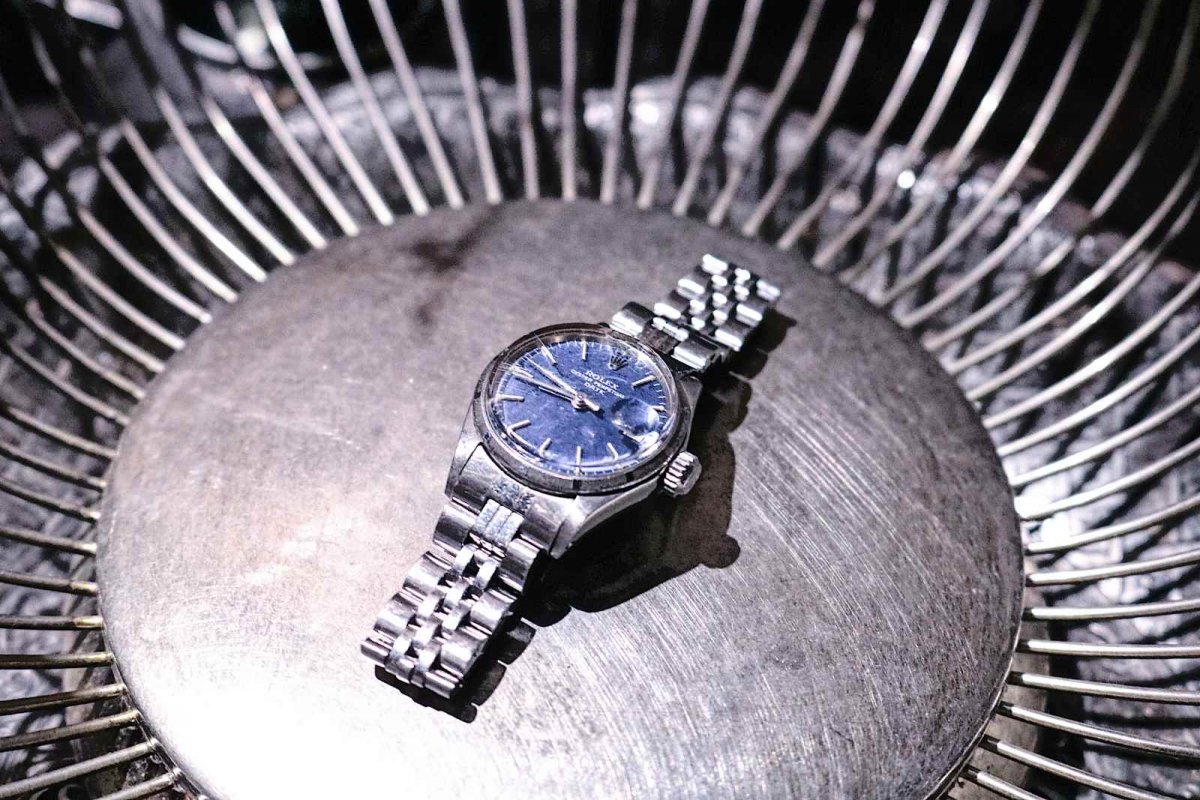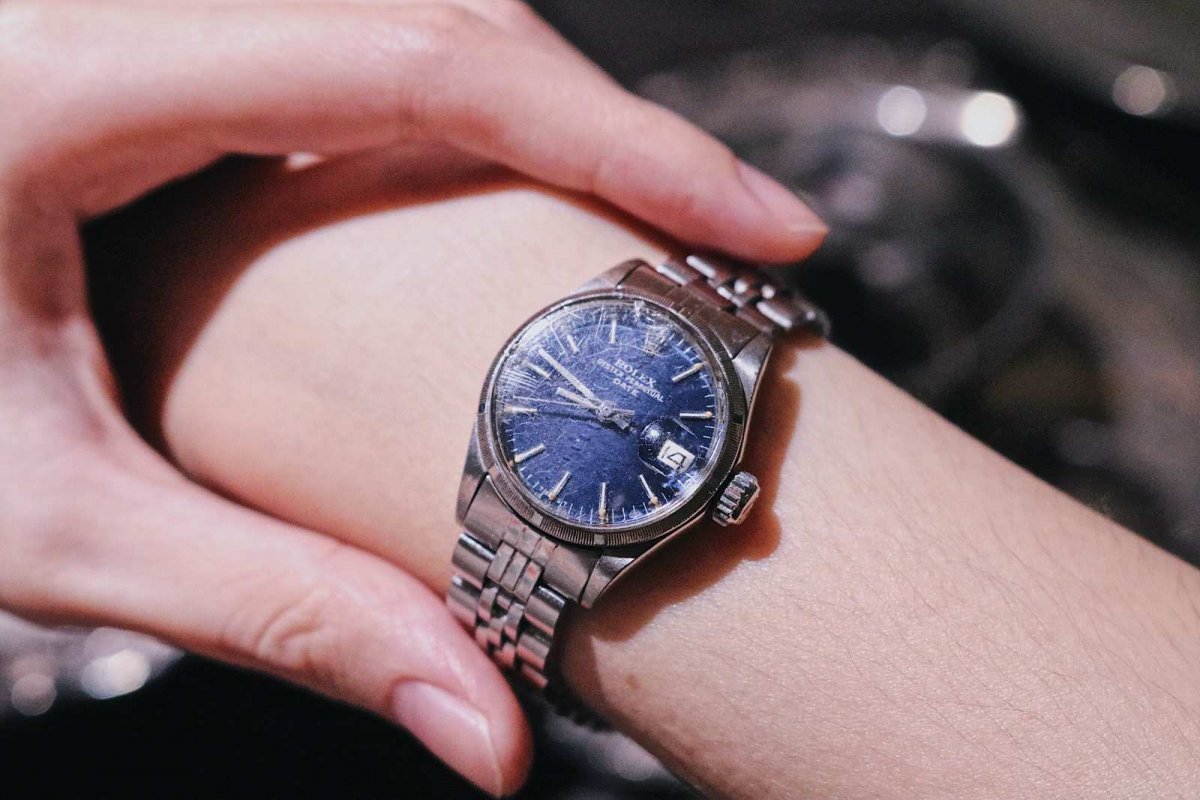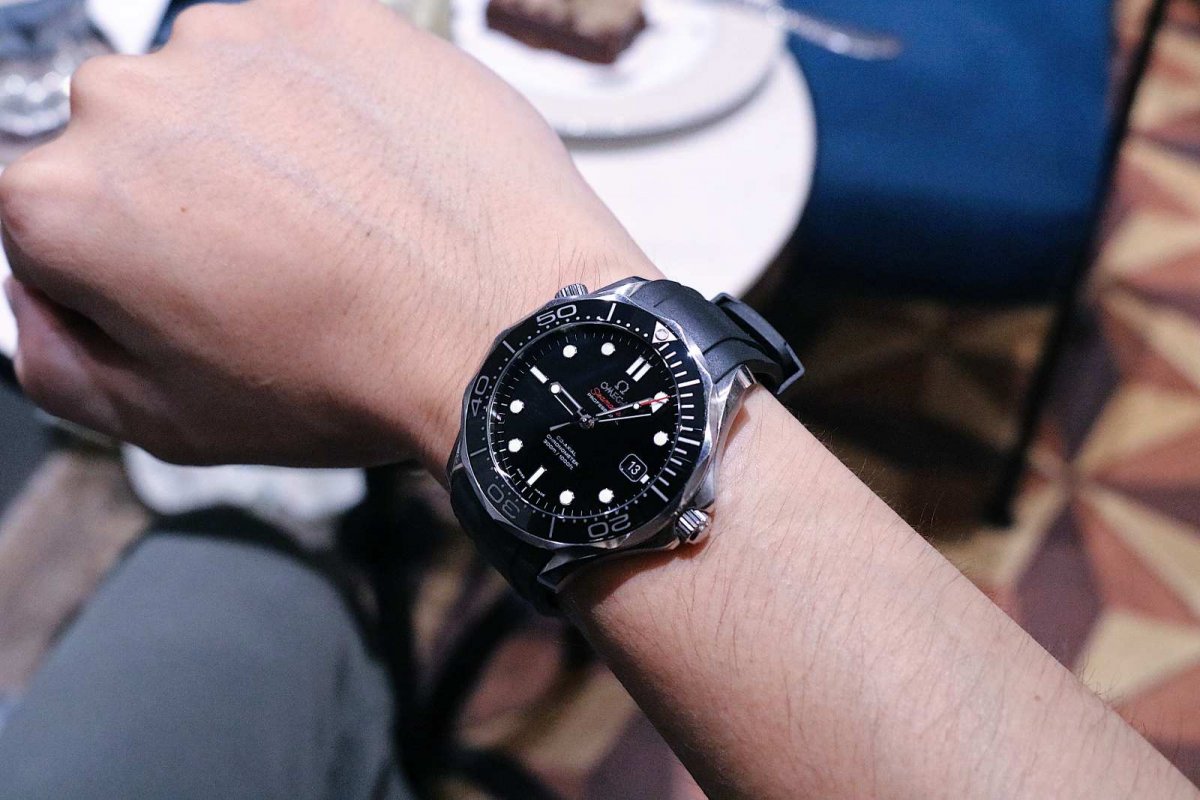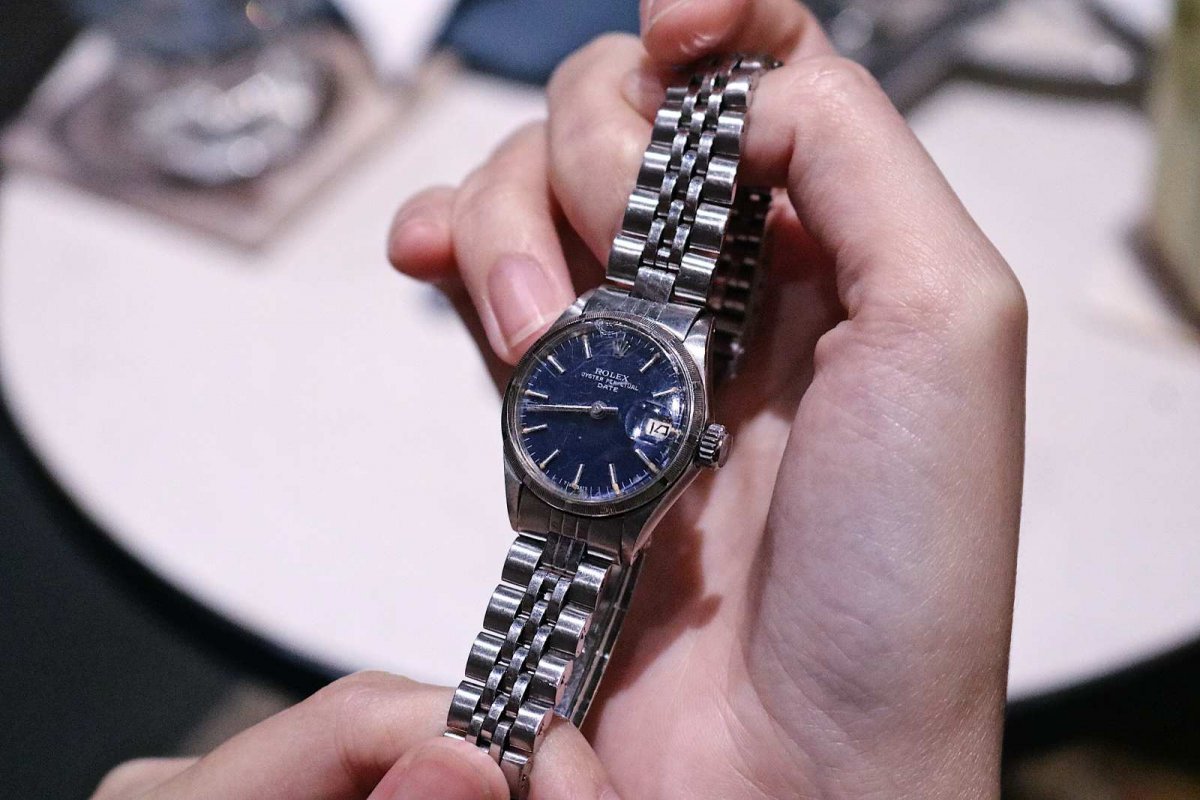Table of Contents
I actually never thought of a watch as vintage or brand new. My watch collecting philosophy is very simple: any watch is fine as long as it makes me happy wearing it. That means, to me, it does not matter whether a watch is brand new or vintage with lots of scratches. That being said, I understand that different people have different perspectives when it comes to decide whether to spend their hard-earned money on a brand-new watch or vintage one. Let’s look at this topic through 5 points: purchasing experience, unboxing experience, watch features, care level, and money vs. utility.

1. Purchasing experience
Purchasing experience is simply how you feel while purchasing your watch. As someone who has purchased a few brand-new watches from authorized dealers, and a few vintage pieces from vintage dealers, I can tell you that the experience is completely different. When you buy a brand-new watch, most of the time you are treated like kings or queens in the dealer with champagne and what not. You also have a wide array of options to choose from (depending on the watch of course). Most importantly, you leave the dealership with a watch that you are the first owner. When it comes to a vintage watch, chances are you won’t be getting the boutique experience like you would with a brand-new watch purchase. Your options are limited to what the dealer is has in his/her inventory, and the watch is certainly not brand new. It’s just 2 completely different experience.

2. Unboxing experience
Unboxing experience comes right after purchasing experience. I still remember the moment I unboxed my Omega SMP 300m 3 years ago like it was yesterday. The packaging is just extremely well executed, and exactly how I thought unboxing a $4,000 watch would be like. On the vintage side, I have never unboxed a vintage watch. For me personally, boxes are not important when it comes to vintage watch because I know the watch is no longer brand new. Of course, you can get vintages watches that were never worn, but those tend to be extremely high demand pieces that cost no less than $15,000. Either way, the unboxing experience is again, different.

3. Watch features
Watch feature is an interesting point to discuss. I think there is no discussion between brand-new and vintage watch when it comes to the features’ practicality. Brand new watches are just much more practical than vintage ones. But here’s the caveat: brand new watches’ improvements sometime mean taking away the charm of the vintage features. An example of this is the bezel insert on your typical dive watch. A vintage dive watch typically have a steel bezel insert, which I think is extremely beautiful and only looks better through time as the color start to fade away. A new dive watch would have a ceramic bezel insert, which is basically anti-color fading and extremely scratch resistant, making the bezel almost impossible to age. Using this example, a brand-new dive watch would be perfect for someone who prefers their watch to be pristine at all time, whereas a vintage dive watch would be more suitable for someone who prefers to see the aging happening as they wear their watches. No right or wrong answer here.

4. Care level
Care level of brand new vs. vintage watch goes hand in hand with the feature. Just like an old car, your vintage watches require more care than your brand-new timepieces. Vintage watches don’t have the innovation and are not as well equipped to handle the daily beating as your brand-new watches do. One of the most noticeable watch features to illustrate this point is the watch crystal. Vintage watches tend to have mineral crystal or plexi glass, which is not scratch resistant at all. Wear your mineral crystal/ plexi glass vintage watch daily and I guarantee you there will be lots of scratches in just a month. Your brand-new watches, however, are equipped with sapphire crystal. The only way to scratch sapphire crystal is if you scratch it with something harder than itself, for instance diamond. This is just one of the examples to show the care level between vintage and modern, and there are many more features on vintage watch that require more care than modern such as movements.
5. Money vs. Utility
Last is money vs. utility, i.e. if spending this much money will make you happy. Watches are expensive, and I think everyone needs to be sure that the money that they spend will either help them to generate more money, and/or to make them happy. Me personally, I love the feeling of buying a brand-new watch. It is an exciting feeling when you know that you are the first owner of this watch. But I also love the feeling of buying vintage watches. Scratches or imperfection don’t bother me as much. In fact, I think it’s great that the watch has imperfections to show that it has lived a life before coming to me. In addition, I think the number one charm of vintage watches is that most of them are already discontinued. For me, I like both the feeling of a brand-new watch and owning a unique vintage piece that is no longer in production, which are why I have invested money in both.

Conclusion
Having covered all 5 points, I think the what’s left to be said is the expectation when buying brand new vs. vintage watch. It is easy when it comes to buying a new watch. You can be as picky as you want with the money you are putting into a brand-new watch. However vintage watch is different because typically people don’t come to vintage watch to look for the best condition. They look for a piece that is unique to them, and/or has a great story behind it, with acceptable condition. Of course, you can still get a brand-new experience with a vintage watch, but those are extremely expensive (often time more expensive than the brand-new watch itself). Just have to keep that in mind, consider the 5 things mentioned in this article, and you well on your way to decide whether your next watch should be brand new or vintage.
By Daniel Q.


 Tiếng Việt
Tiếng Việt